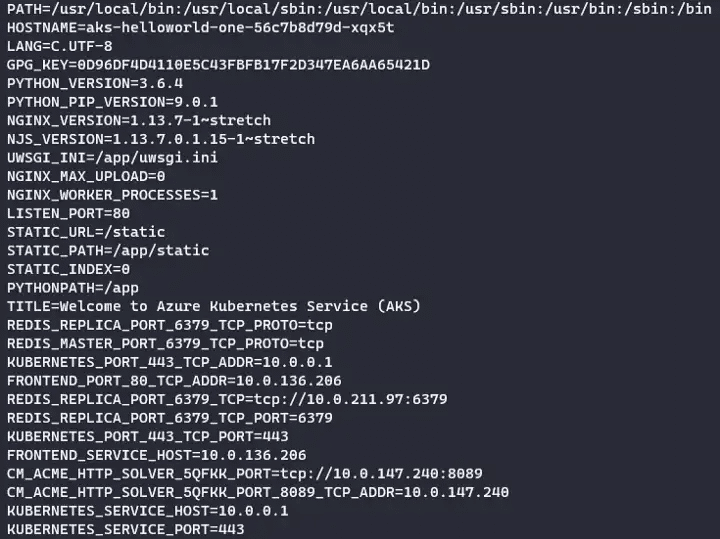Kubectl cp

In the ever-evolving landscape of cloud computing and container orchestration, Kubernetes stands out as a prominent platform for managing containerized applications at scale. With its vast array of features and functionalities, Kubernetes empowers developers and administrators to streamline deployment, scaling, and management of containerized workloads. Among the myriad of tools available within the Kubernetes ecosystem, kubectl holds a significant position, serving as the primary command-line interface for interacting with Kubernetes clusters. In this article, we delve into one of the lesser-known yet incredibly powerful commands of kubectl – kubectl cp.
Table of Contents
ToggleUnderstanding kubectl cp
At its core, kubectl cp is a command-line utility that facilitates file transfer between a Kubernetes pod and a user’s local machine or between two pods within the same cluster. While kubectl cp may seem straightforward, its capabilities extend beyond mere file transfer, making it an indispensable tool for various use cases.
File Transfer between Local Machine and Pod
One of the most common scenarios where kubectl cp shines is when there’s a need to transfer files between a local development environment and a pod running within a Kubernetes cluster. This capability streamlines the process of debugging applications or moving configuration files without the need for complex setups.
Conversely, to copy a file from a pod to your local machine:
Inter-Pod File Transfer
Beyond local machine-to-pod transfers, kubectl cp also facilitates file exchange between pods within the same Kubernetes cluster. This capability proves invaluable in scenarios where data sharing or synchronization between pods is necessary.
To copy a file from one pod to another, the following command structure can be used:
Advanced Usage: Recursive Copy and Stream Copy
kubectl cp offers additional functionalities, including recursive copy and stream copy, further enhancing its versatility.
- Recursive Copy: When dealing with directories, the -r flag enables recursive copying, ensuring that entire directory structures are replicated accurately. This is particularly useful when transferring multiple files or directories at once.
- Stream Copy: In scenarios where real-time synchronization is critical, kubectl cp supports stream copying, allowing files to be copied directly to or from the standard input/output streams. This feature proves beneficial when integrating kubectl cp with other command-line utilities or scripts.
Security Considerations and Best Practices
While kubectl cp simplifies file transfer within Kubernetes clusters, it’s essential to adhere to best practices to ensure the security and integrity of your applications and data.
- Use RBAC: Implement Role-Based Access Control (RBAC) to restrict access to kubectl cp based on user roles and permissions. This helps prevent unauthorized file transfers and mitigates potential security risks.
- Encrypt Data in Transit: Whenever transferring sensitive data using kubectl cp, ensure that the communication between the local machine and the Kubernetes cluster is encrypted. Utilize secure protocols such as HTTPS or SSH to safeguard data during transit.
- Limit Pod Access: Restrict direct access to pods whenever possible. Instead of transferring files directly to or from pods, consider utilizing intermediary storage solutions such as PersistentVolumes or Object Storage, which offer enhanced security controls and auditing capabilities.
Conclusion
In the realm of Kubernetes administration and development, kubectl cp emerges as a powerful tool for facilitating seamless file transfer operations within Kubernetes clusters. Whether it’s transferring files between a local machine and a pod or synchronizing data between pods, kubectl cp simplifies the process, empowering users to streamline their workflows and enhance productivity. By understanding the capabilities of kubectl cp and adhering to best practices for security and compliance, Kubernetes practitioners can leverage this command to its full potential, unlocking new possibilities for managing containerized workloads with efficiency and confidence.





